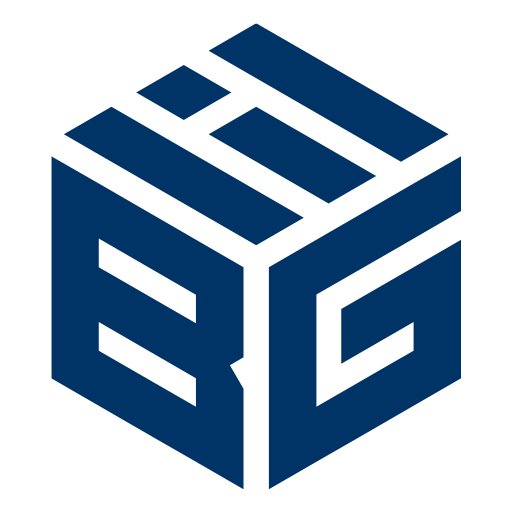A blockchain is essentially a digital ledger or database that stores information across a network of computers, known as nodes. Unlike traditional centralized databases, a blockchain operates in a decentralized manner, where no single authority is in control of the database or occurring transactions.
The core concept of a blockchain revolves around the creation of blocks that contain a set of transactions or data records. These blocks are linked together using cryptographic hashes, forming a chain of blocks—hence the name “blockchain.”
Blockchains are used to record a variety of data, including cryptocurrency transactions, financial records and medical records. They are introduce new innovations, such as decentralized applications (dapps) and smart contracts.
Key Features of Blockchain
- Decentralization
- Transparency
- Cryptography
Types of blockchains
There are four main types of blockchains:
- Public blockchains: Public blockchains are open to anyone who wants to participate. They are permissionless, meaning that anyone can join the network and read, write, and verify transactions.
- Private blockchains: Private blockchains are owned and controlled by a single entity or group of entities. They are permissioned, meaning that only authorized users can join the network and read, write, and verify transactions.
- Consortium blockchains: Consortium blockchains are a hybrid of public and private blockchains. They are owned and controlled by a group of organizations, but they allow for some degree of public participation.
- Hybrid blockchains: Hybrid blockchains combine elements of public, private, and consortium blockchains. They can be configured to meet the specific needs of an application.
Blockchain technology has gained attention beyond cryptocurrencies, with potential applications in supply chain management, healthcare, finance and more.


